Nystagmus Size
Nystagmus Market Growth Projections and Opportunities
However, the Nystagmus market is a small part of the larger field of health care, and it is influenced by various market factors that determine its behavior and growth path. The involuntary movement of eyes, which is known as Nystagmus creates a different sort of challenges and chances for service providers in healthcare industry, drug company researchers and pharmaceutical firms.
One among them being the high number of people infected with this disease. This condition happens to be rare; hence the size of patients population become important in deciding any market potential. Unlike other eye disorders, Nystagmus may not be common but rising awareness together with improved diagnostic capabilities has contributed to an increased number of identified cases.
Technological advances have also been key players in influencing the nystagmus market. Through development on diagnostic tools as well imaging technologies these professional are now more aware about what causes Nystagmus resulting into accurate diagnosis as well as treatment approaches which are extremely specific. More than just facilitation early detection, developed technologies create opportunities where innovative interventions could be plugged in.
Also, regulatory environment greatly affects nystagmus markets too. There are stringent regulatory requirements governing new drugs or modes of treatment so as to guarantee their safety as well as efficacy. These regulations act as obstacles that cause delay to access by patients leading to slower speed at which new treatments can reach a market. It is regulating agencies which will determine how successful or accessible emerging therapies will be for patients who have nystagmus.
These include economic conditions such as healthcare spending and reimbursement policies that affect nystagmus markets too. The extent to which healthcare systems and insurance coverage would cater for diagnostics processes alongside treatments directly influences access denied or otherwise given to patients. Economic issues play a critical role in determining whether advanced therapeutic options will make financial sense for dealing with Nystagmus hence both patient’s lives matter.
Collaborations between companies operating within the healthcare sector have also been instrumental in fostering growth of nystagmus markets. Innovation is fostered by collaborations between pharmaceutical firms, research institutes and health care providers. Such partnerships often involve pooling resources, expertise and data essential for advancing knowledge about Nystagmus as well as treatment of it.
The last group are patient awareness and advocacy groups, which play an important role in the field of nystagmus market. It is through increased awareness that more people come forward to be diagnosed and treated early. Further still, these groups use their power to change policies that govern medical practices as well as raise funds for studies while supporting patients plus families affected by Nystagmus.
Finally, the competitive landscape within the pharmaceutical industry also affects the Nystagmus market greatly. This has brought about multiple players who want to develop most effective therapeutic products hence creating room for innovations. Some factors that have influenced market dynamics include patent landscape, pricing strategies, safety profiles and efficacy of different therapeutic options available.”
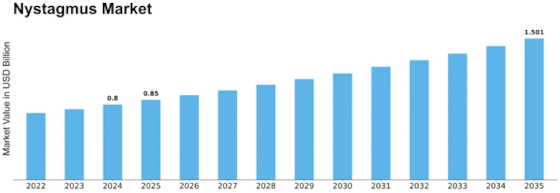


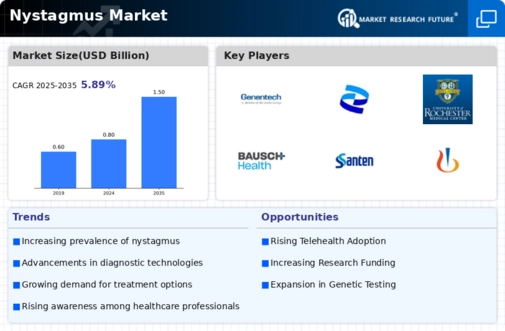
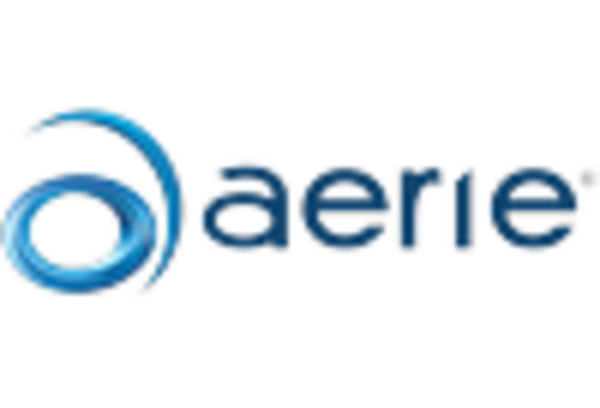
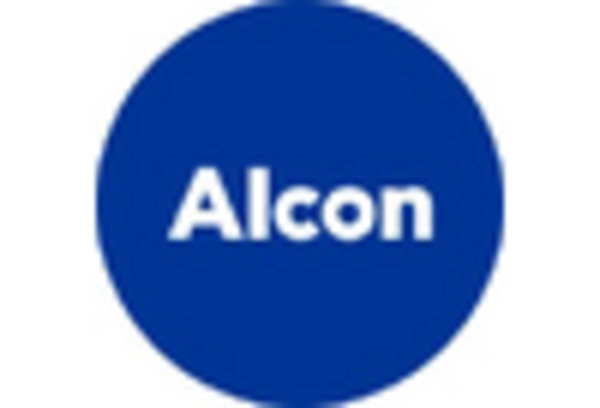
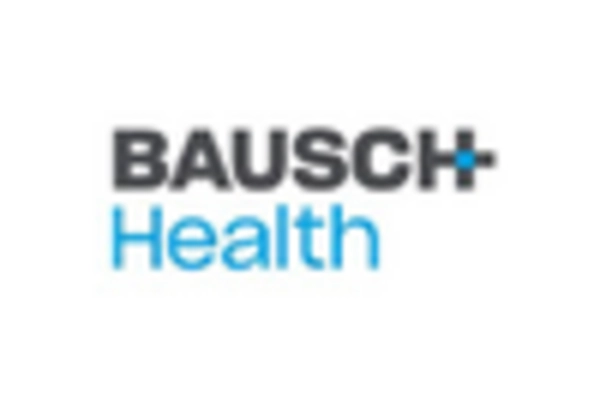

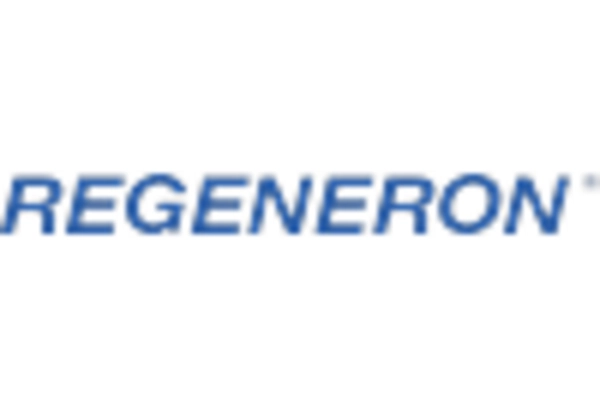
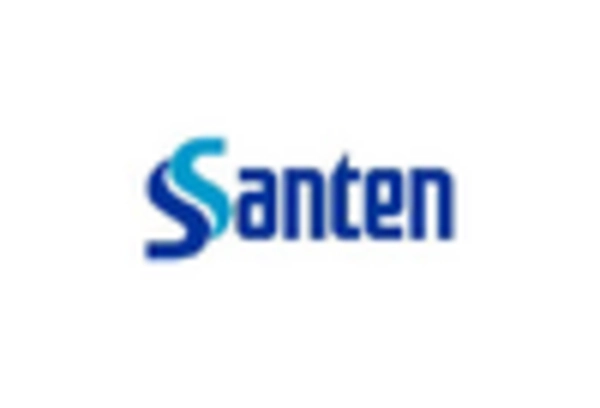









Leave a Comment